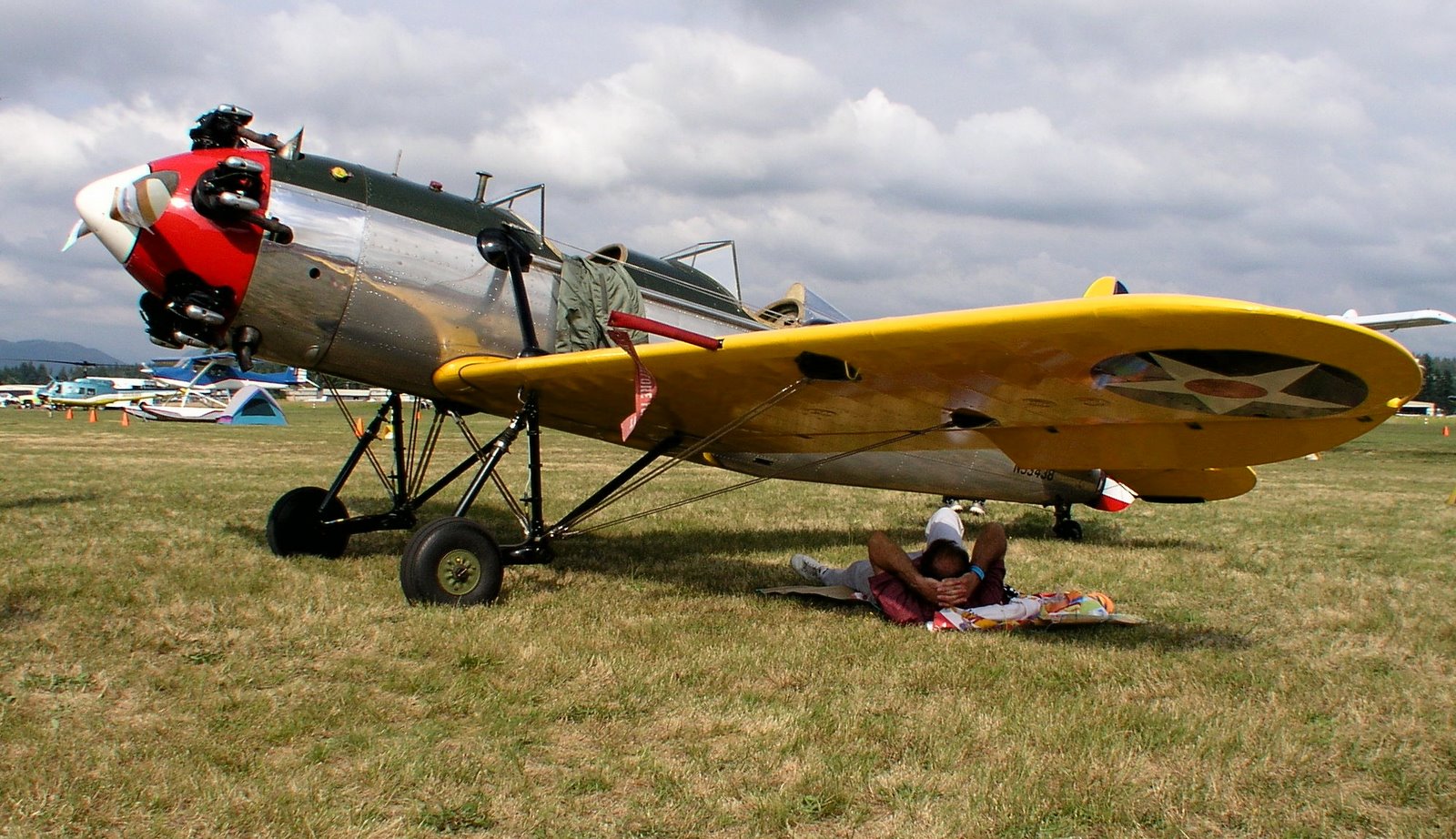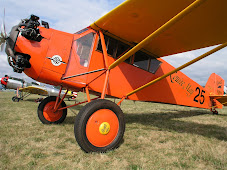Recently I was with a student on his first cross-county. This was a nice young man that had grown up on Flight Simulator™ or X-Plane™. After DA-20’s engine run-up was complete he started to load in his proposed route into the Garmin 430.
“Whoa”, I said, what gives?” “I want to put in my route”, he replied and continued to spin and punch in the dials. “You want to use the GPS routing function for this cross-country?” “Sure, I read where VOR’s and stuff were not as accurate as GPS so I’m using the GPS.”
He was nonplus when I asked him to stop, and went on to remind him that this lesson was on pilotage, dead reckoning, basic VOR navigation, and some basic attitude instrument time thrown in if we had time. We had discussed this in our ground school session; I had pointed out that a pilot must first learn the basics, and learn them well before we go on the more “exotic” methods of navigation.
My student folded his chart and stuck it in the side pocket; next he brought out the navigation log he had prepared in the ground session. “You mean I really have to use this?” he asked. And so the flight progressed.
The first rule of basic pilotage is learning to quickly identify the terrain and the man made objects on the ground then correlate them to what is on your chart. Go ahead and learn all of those “funny symbols” in the legend and AIM, as that knowledge will come in handy for as long as you fly.
The second rule is to understand you are in an ocean or “mass” of air and therefore like the currents in an ocean or river move a boat-you are moving in relation to the air mass. You will be blown off course if you do not take into account the movement of the air mass.
The third rule is that visibility and cloud cover is always changing-usually not for the better. Because we can be confused by what we see below or loose sight of an important checkpoint ahead it is important for pilots to maintain their skills in the basics of pilotage, dead reckoning and continue to use the tried and true navigation log.
For example, if you were diligent and noted that you passed over check point “X” at 1520 then computed ground speed and placed a revised ETA for the next checkpoint you are now steps ahead. Because if you can’t find checkpoint “Y” when you expect and/or the visibility ahead is closing down on you then you may refer to that pesky "nav" log. In black and white it shows that so many minutes ago you were over check point “X”. You can then make a 180 degree turn and correcting for the wind direction and velocity fly that course back to your last known check point. From there you may choose to land at the nearest airport and re-configure your course to your next destination.
Understanding basic pilotage, simple dead reckoning and keeping a record of your transit over the ground in the navigation log is vital to a safe cross-country flight. Even in the cockpit of that airliner streaking by overhead one of the cockpit crew is noting time of passage, etc. over a checkpoint on their dispatch release and log. And by the way, that old fashioned VOR system in North America is very good and the accuracy is constantly tested and assured. It has worked since the ‘40’s and I believe will do so for years to come.
In flying a competent pilot is one that is ahead of the airplane-far ahead. Dave Cowan, a good friend and veteran CFI says, …”It’s very simple, it’s all about what’s next and then what comes after that.”
Subscribe to:
Post Comments (Atom)


2 comments:
Mike: Excellent thoughts – as always. My concerns are that as we go to this satellite/GPS based system, I believe we must not lose those critical Pilotage and dead-reckoning skills. Remember what happened after 9/11? If I recall correctly, didn't they take down the GPS system? If one becomes too dependant upon the GPS and loses those critical skills - the basics - one could certainly get into a situation of being unaware of where you are. Thanks.
Post a Comment